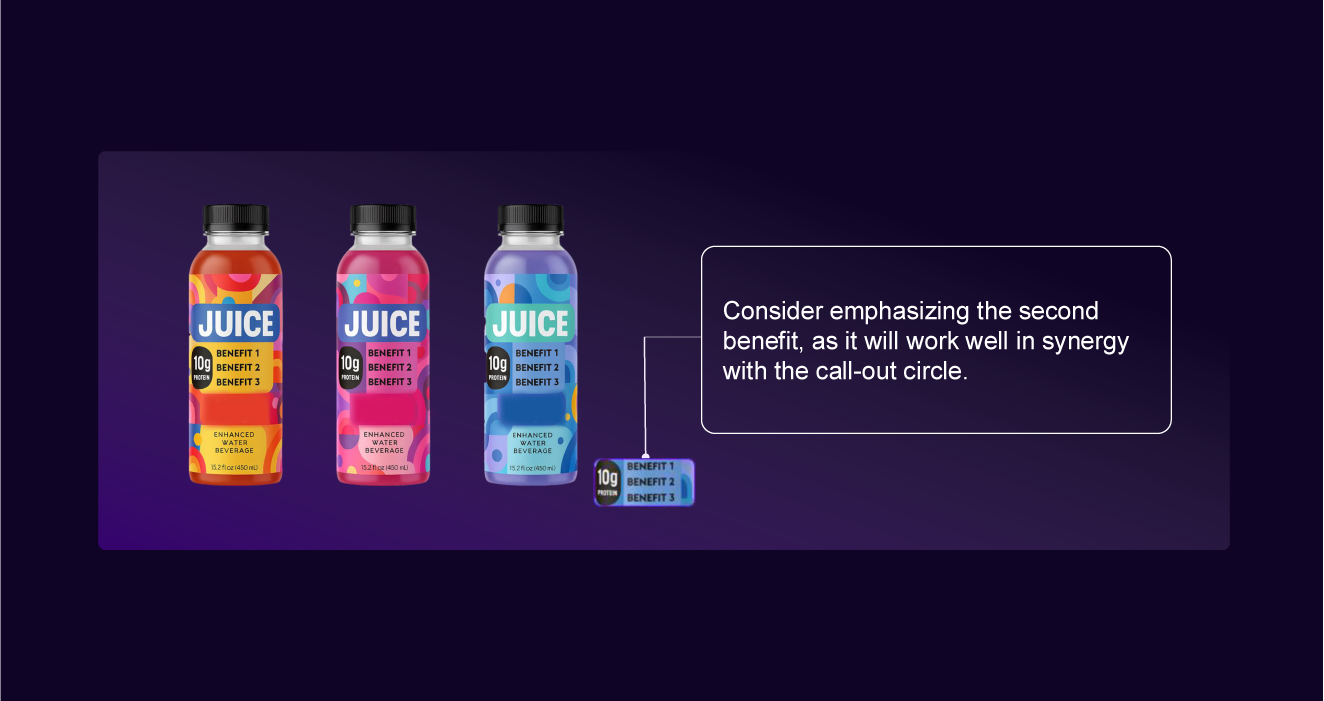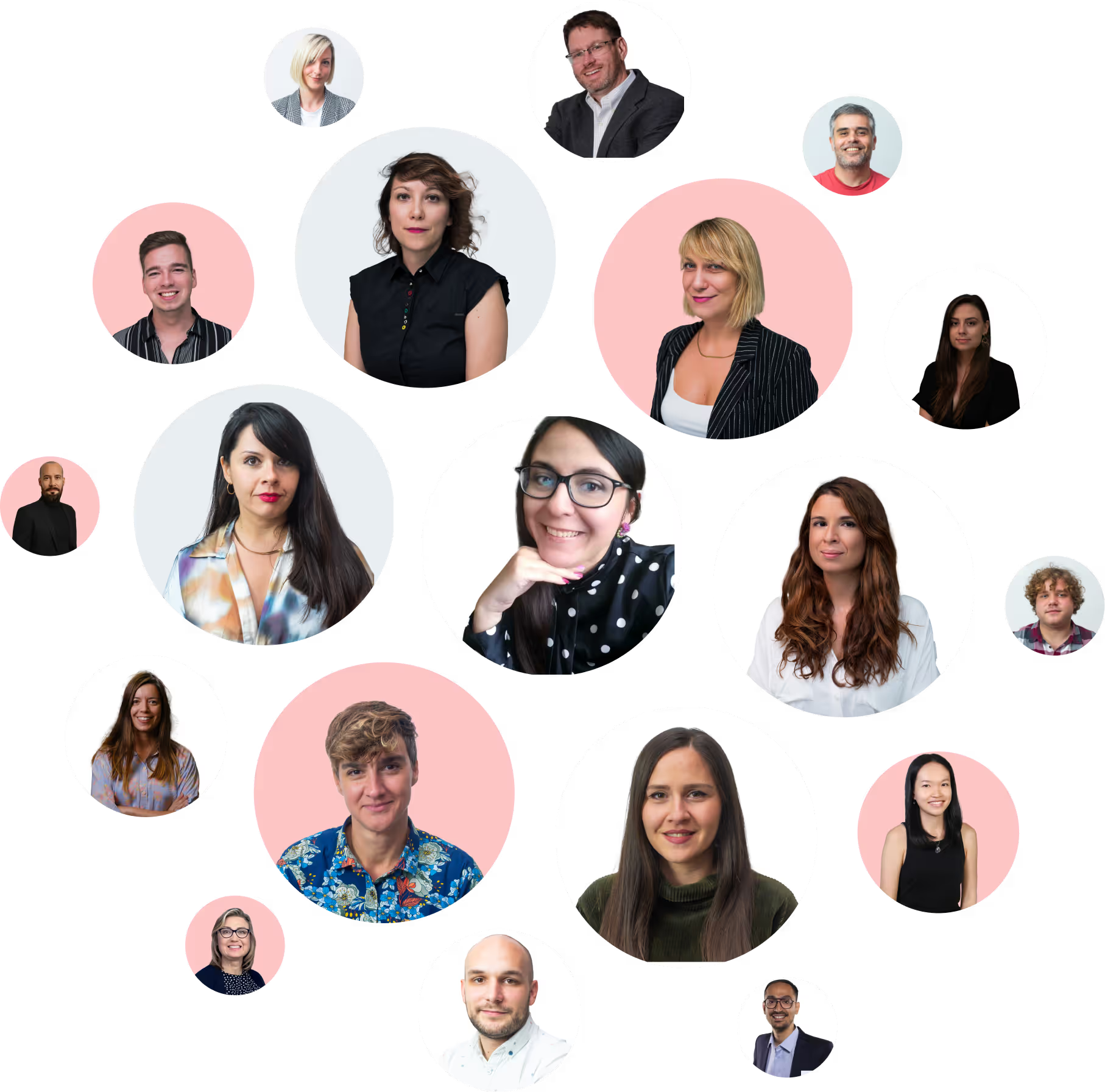.png)
Nestlé Accelerator case study: Fast innovation needs fast but deep insights
Innovation isn’t a luxury; sometimes it’s a lifeline that can cost anywhere from $10,000 to $10 million. Accelerating the innovation process can be especially challenging for large global companies with complex organizational structures. That’s why, at this year’s Quirk’s New York, we joined Nestlé Accelerator on stage—represented by Greg Van Beusekom and Melody Hong—to explore how even global giants can move with startup speed.
When costs of living rise and purchasing power drops, winning companies are those that operate smarter, streamlining processes, offering cost-effective solutions, and unlocking new value through tech and creativity.
In the session recap below, you’ll discover more about the specificity of their team and how they prioritize ideas, test them, and kill off the wrong ones fast.
What is the Nestlé Accelerator, and how they make the impossible possible
The Nestlé R&D Accelerator is not your typical corporate innovation lab. Functioning more like a start-up within the world’s largest food and beverage company, the Accelerator is designed to fast-track bold ideas and disruptive technologies, turning potential into products with remarkable speed and precision. By focusing on white space opportunities, emerging categories, and technologies that challenge the status quo, the Accelerator creates the freedom to explore and experiment without risking the operational focus of Nestlé’s main brands.
.png)
What truly sets the Accelerator apart is its timeline—moving from idea to shelf in just six months. This accelerated process allows Nestlé teams to place real products in front of real consumers quickly, gathering behavioral insights and iterating based on authentic responses rather than hypothetical assumptions.
At the heart of every project are three critical questions:
- Consumer Desirability – Do consumers actually want this product, and are they willing to pay for it?
- Technical Feasibility – Can the product be manufactured at scale, consistently and safely?
- Business Viability – Is this a financially sound opportunity worth long-term investment?
A clear "yes" to all three signals a concept worth pursuing—but even then, the journey is far from over. Every idea that makes it through these checkpoints still needs to be rigorously tested and validated with consumers in the real world.
So, this is what the process of validation looks like.
From idea to shelf in 6 months when in-store testing is off the table
The concept behind the Nestlé Accelerator is straightforward yet powerful: “From idea to shop in 6 months.” This rapid timeline allows teams to test and learn across several crucial dimensions:
- Why should a customer list the product on their shelves?
- Why would a shopper choose it over others?
- Why would consumers return to it again and again?
These questions are explored through a fast-paced Test & Learn approach. Ideas are continuously evaluated—moved forward if successful, halted if not, or radically reimagined based on the insights gathered. This embodies the “fail forward” principle, where even unsuccessful trials contribute to future progress. A good research vendor will always provide the “why” and actionable takeaways behind the failure.
.png)
To validate their innovations, the Accelerator typically conducts shop tests through both brick-and-mortar and digital channels. However, in this case, brick-and-mortar testing wasn’t an option due to the sensitivity of the intellectual property involved.
This created a significant challenge: How to gather data that would mimic the depth and accuracy of a real-life in-store test—without ever setting foot in a store?
The solution came down to selecting the right research partner. A partner with a virtual shopping solution that could closely replicate real-world consumer behavior was essential. That’s where EyeSee stepped in—offering a high-fidelity virtual testing environment that enabled Nestlé to simulate in-store experiences, observe natural shopper behavior, and generate the insights needed to confidently move forward.
Deep dive into the case study: methodology and outcome
The objective of the case study was to evaluate the performance of a new beverage product innovation within the highly competitive beverage aisle. The key questions were centered on real-world desirability and commercial potential: Would shoppers notice the product on the shelf? Would they be compelled to try it over their usual choices? And most importantly, would it drive incremental growth—both for the category and the brand? In addition to these commercial metrics, Nestlé aimed to understand how consumers perceived the packaging: Was the messaging clear? Did it resonate with them emotionally and functionally? Metrics such as likeability, relevance, uniqueness, and overall appeal were central to this assessment.
The Methodology
To tackle this, a three-phase full-funnel research study was conducted in less than a month, blending virtual shopping with behavioral and attitudinal diagnostics.
- Phase 1 established baseline behavior using a Virtual Shopping simulation on a digital shelf, prior to any exposure to the new product.
- Phase 2 introduced a leaflet to simulate advertising and create awareness, followed by Eye tracking to measure visual engagement, and a second round of virtual shopping to capture behavioral shifts. A findability task was also included to assess how easily shoppers could locate and distinguish the new product from existing ones.
- Phase 3 focused on diagnostics through standalone eye tracking, click-based likes/dislikes, and an Implicit Association Test (IAT) combined with a survey to gauge consumer perception and emotional response.
.png)
This comprehensive, mixed-method approach enabled a deep understanding of both shopper behavior and consumer sentiment, using a digital testing environment that accurately mirrored real-life retail conditions.
The Outcome
The results were highly positive and validated the innovation’s potential. The new beverage clearly stood out on the shelf, drawing attention in a crowded aisle, as supported by heatmap analysis. It generated strong shopper engagement and was proven to be incremental to the brand, attracting new buyers without cannibalizing existing ones. Among two design variants—Benefit-led and Flavor-led—purchase behavior was comparable. However, the Benefit-led version demonstrated stronger consumer relevance, clearer functional benefits, and better portfolio differentiation. Based on these findings, the Benefit-led design was recommended for launch, with minor optimizations.
.png)
Specifically, the team proposed highlighting a second benefit on-pack to create a stronger visual and functional anchor for the shopper. This would enhance message clarity—critical in a cluttered shelf environment—and increase the likelihood of purchase. In short, the innovation passed every major checkpoint, and with the right packaging enhancements, is well-positioned to deliver both impact and growth.

In Conclusion
The Nestlé Accelerator case demonstrates that speed and depth in innovation are not mutually exclusive. With the right methodology and research partner, it’s possible to validate bold ideas quickly—without compromising on insight quality. By embracing virtual testing and a fail-forward mindset, Nestlé not only accelerated product development but also reduced risk and maximized impact. It's a compelling example of how even global giants can innovate with agility and precision when backed by the right tools and partnerships.
Eager to learn more on the topic of innovation? Go to Brand stretching without breaking: Using behavioral data to guide innovation.










